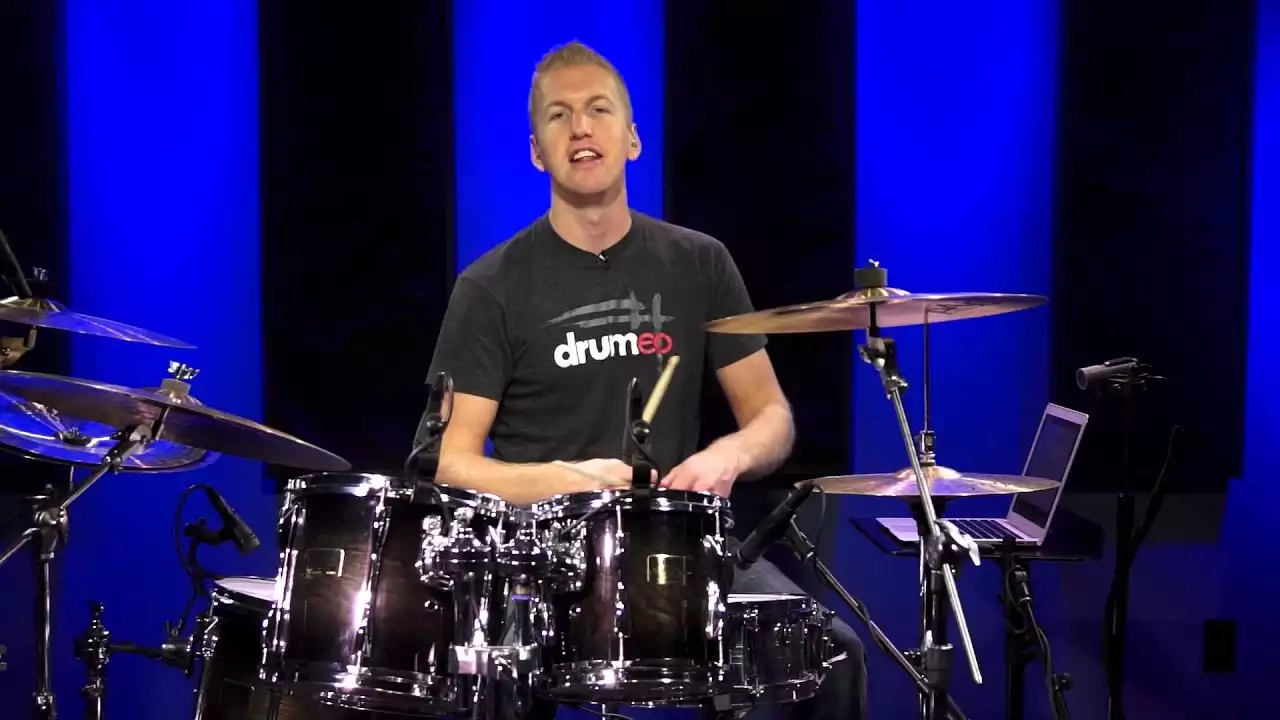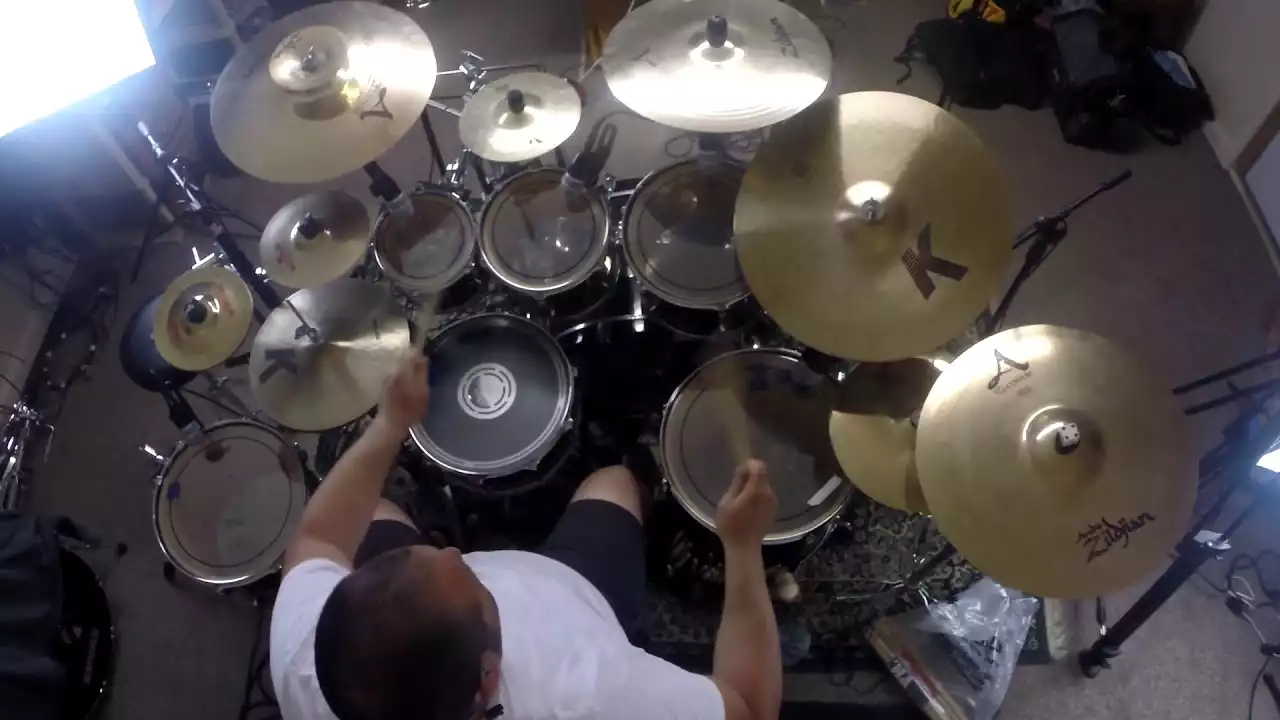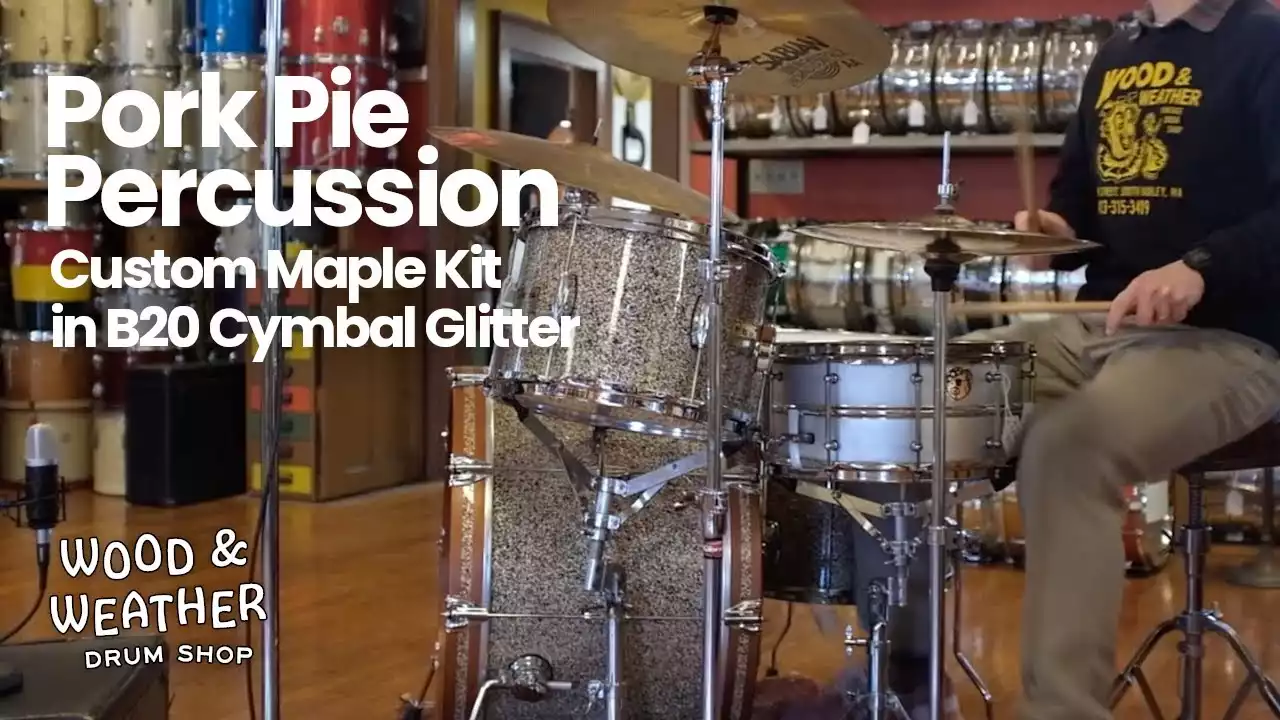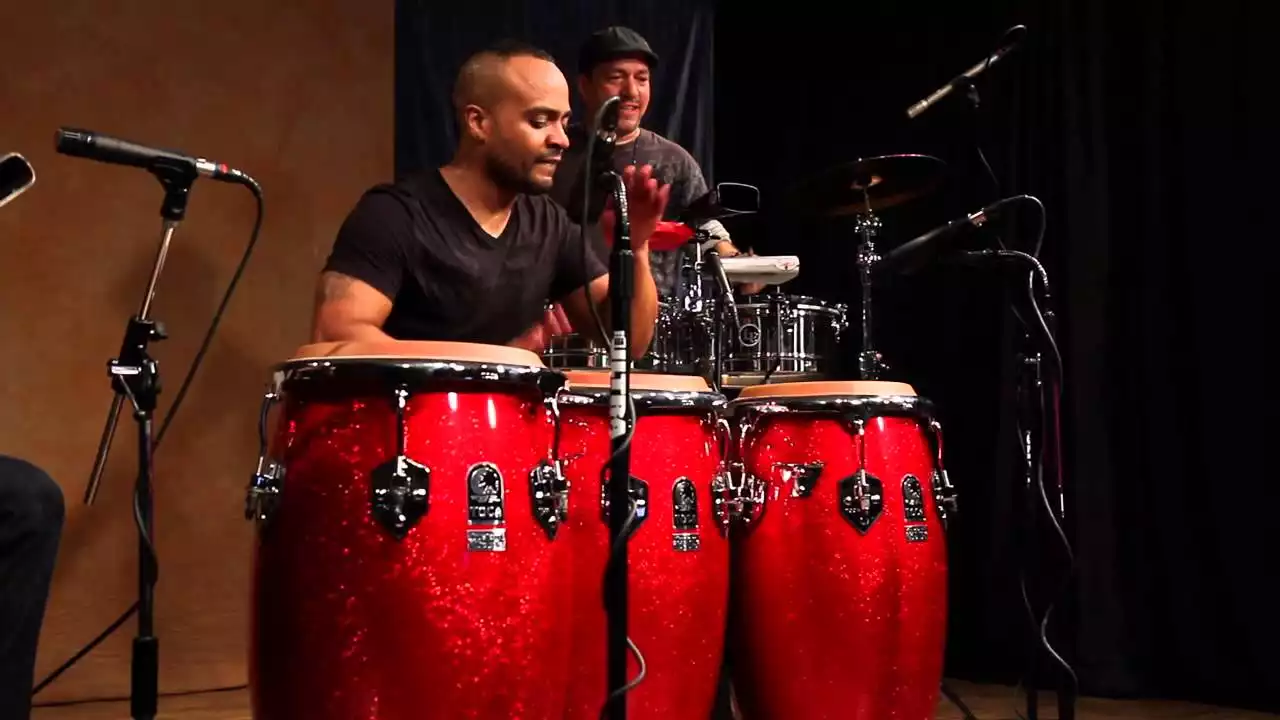Introduction
If you've always been captivated by the rhythm and energy of percussion instruments, then you're in the right place. Whether it's the primal beat of the drums or the intricate sounds of the xylophone, learning how to play percussions can be an incredibly rewarding experience. In this article, we'll guide you through the steps you need to take to become proficient in playing percussions, from selecting the right instrument to mastering the basic techniques.
No matter your age or musical background, anyone can learn to play percussions with dedication and practice. We'll cover everything from understanding rhythm and timing to proper hand positioning and stick grip. Additionally, we'll explore different types of percussions, such as drums, cymbals, marimbas, and tambourines, highlighting their unique characteristics and roles in various music genres. Get ready to unleash your inner rhythm and embark on a musical journey that will leave you tapping your feet and bobbing your head in no time. Let's dive in and discover the exciting world of percussions together.
Understanding Rhythm and Timing
Rhythm is the foundation of percussion playing. It's what brings the music to life and creates a dynamic and engaging performance. Before diving into the techniques, it's essential to develop a solid understanding of rhythm and timing.
To develop your sense of rhythm, start by listening to various genres of music that heavily feature percussions. Pay attention to the beat, the accents, and the overall flow of the rhythm. You can also tap your foot or clap your hands along with the music to internalize the rhythm.
Timing is equally important. Practice counting beats and subdivisions, such as quarter notes, eighth notes, and sixteenth notes. This will help you stay in sync with other musicians and maintain a consistent rhythm throughout a piece of music.
Selecting the Right Percussion Instrument
Now that you have a good grasp of rhythm and timing, it's time to choose the percussion instrument that speaks to you. There are various types of percussions to choose from, each with its own unique sound and playing technique.
1. Drums: Drums are the backbone of any percussion ensemble. They come in different sizes and can be played with sticks, brushes, or hands. Some popular drum types include snare drums, bass drums, and tom-toms. Experiment with different drum sounds to find the one that resonates with you.
2. Cymbals: Cymbals add a shimmering and metallic sound to a percussion ensemble. They can be played by striking them together, hitting them with mallets, or crashing them with a drumstick. Explore different types of cymbals, such as crash cymbals, ride cymbals, and hi-hats, to create a variety of sounds.
3. Xylophone: Xylophones produce melodious and vibrant tones. They consist of wooden bars of different lengths that are struck with mallets. Learning to play the xylophone requires proper hand positioning and control to produce accurate pitches.
4. Marimba: Similar to the xylophone, the marimba is a percussive instrument that produces warm and resonant tones. It consists of wooden bars mounted on a frame and is played with mallets. The marimba offers a wide range of musical expression and is commonly used in orchestras and contemporary music.
5. Tambourine: The tambourine is a handheld percussion instrument that adds a rhythmic texture to music. It consists of a circular frame with metal jingles and is played by shaking, tapping, or striking it with the hand or a drumstick. The tambourine is versatile and often used in folk, pop, and rock music.
Once you've selected your instrument, you can start practicing the basic techniques specific to that percussion. Let's explore some fundamental techniques that apply to most percussion instruments.
Mastering Basic Percussion Techniques
1. Hand Positioning: Proper hand positioning is crucial for efficient and controlled playing. For most percussion instruments, rest your hands in a relaxed and natural position, slightly cupped, with the fingers curved. This allows for flexibility and precision in striking the instrument.
2. Stick Grip: Depending on the instrument, you will use different types of sticks or mallets. Practice holding the sticks with a grip that feels comfortable to you. The traditional grip involves gripping the stick with the fulcrum (the point where the stick balances) between the thumb and index finger. The matched grip involves holding both sticks in the same way.
3. Stroke Techniques: There are various stroke techniques you'll need to master, such as the full stroke, half stroke, and tap stroke. Each stroke has a different intensity and purpose. Practice these techniques slowly, focusing on accuracy and control, and gradually increase your speed as you become more comfortable.
4. Dynamics and Articulation: Percussion playing is not just about hitting the instrument, but also about controlling volume and creating different effects. Experiment with different dynamics, from soft to loud, and practice techniques like accents, staccatos, and legatos to add nuance and expression to your playing.
Remember, mastering basic techniques takes time and practice. Start with simple exercises and gradually challenge yourself with more complex rhythms and patterns. Consistency and dedication will lead to progress and improvement.
How To Play Drums - Your Very First Drum Lesson
Conclusion
Playing percussions is a thrilling and rewarding musical journey that allows you to express yourself through rhythm and sound. By understanding rhythm and timing, selecting the right instrument, and mastering basic techniques, you'll be well on your way to becoming a proficient percussionist. Remember to practice regularly, seek guidance from experienced musicians, and embrace the joy of creating music with percussions. So, grab your sticks, find your rhythm, and let the beat carry you away. Happy drumming!









